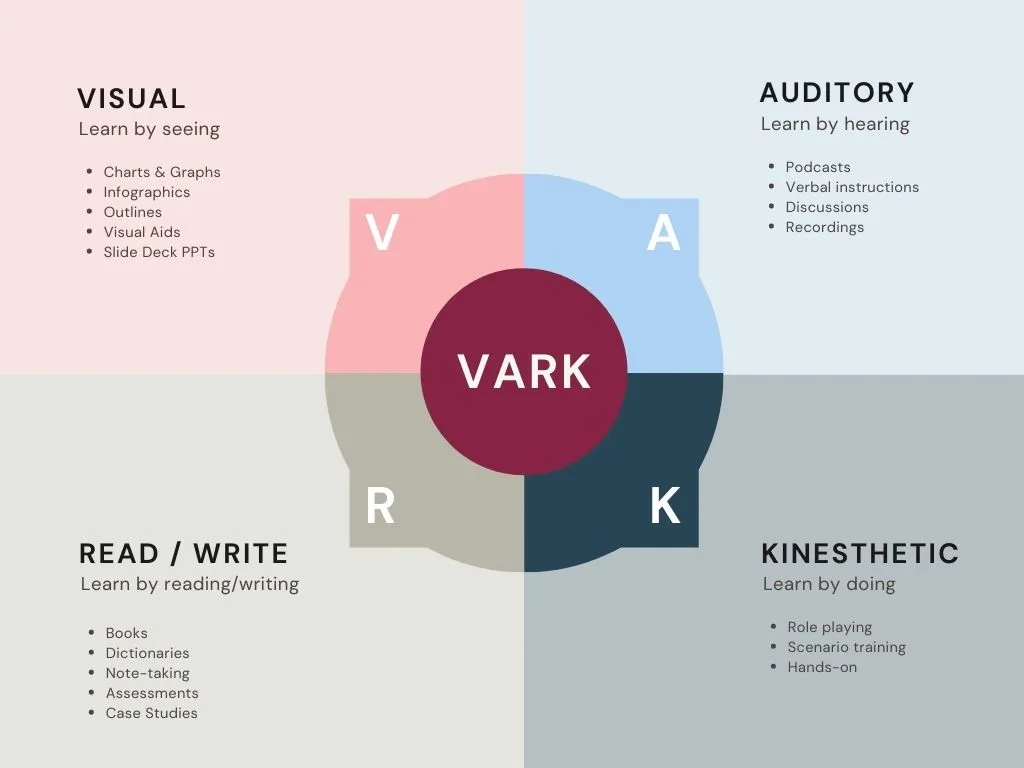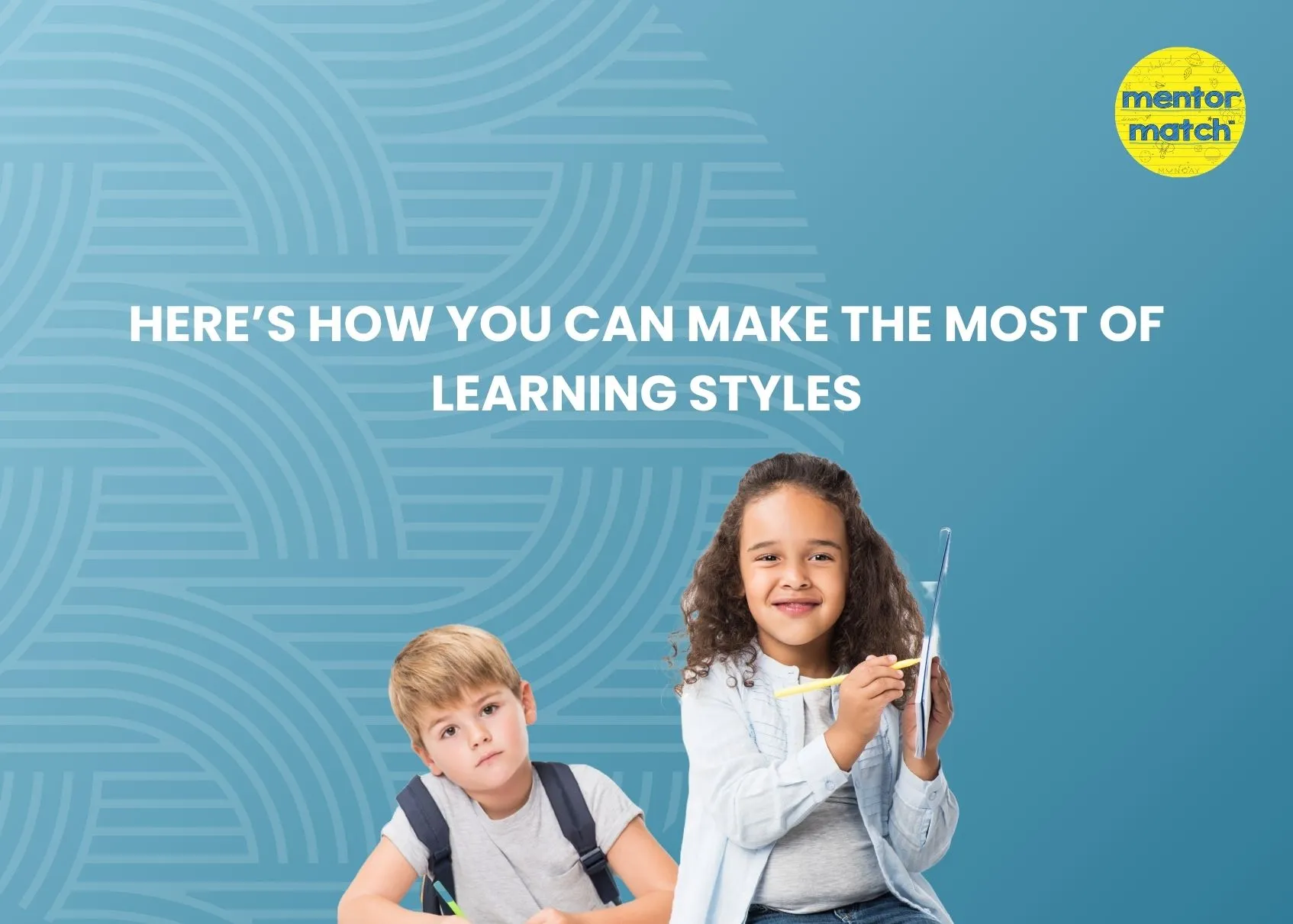
77.32% of parents see better grades in 3 months!
Educators emphasize that every child is different. They claim that two children may grow up in the same environment, with similar cultural influences, schooling, and lifestyle, but will still differ when it comes to consuming information, especially academically.
For example, let’s take two best friends, John and Paul. John and Paul have been neighbors since the day they were born. Their families come from similar backgrounds, and they grew up together, played together, attended the same school, and even studied the same subjects.
John prefers to sit at his desk for a good period of time, reading through his books and notes to understand the subject. Moving around distracts him. Paul, on the other hand, finds reading boring and learns better through practical exercises like standing in the lab and mixing solutions. As a result, both of them consume the same information, and because each of their techniques helps them understand better, they perform well in class and score good grades on their tests.
This hypothetical scenario is very much applicable in real life, as children indeed learn and study better using different methods. Parents need to identify how their child learns best and figure out the best approach to help their kids.
How? By using learning styles.
What are Learning Styles?
Learning styles refer to the different methods and techniques an individual uses to understand and recall new information. Learning styles are extremely important when it comes to academics, and if parents learn how to master them, they can definitely direct their child to learn better.
Over the years, academicians have experimented with several learning styles and theorized them to help learners, but the most prominent one is the VARK model.
The VARK Model
Visual, Auditory, Reading/Writing, and Kinesthetic—VARK.

Invented by the educational theorist Neil Fleming in 1987, the model is a simple questionnaire that serves as a diagnostic tool for people to identify their learning style. Teachers and educators worldwide have been using this technique to create more engaging and effective learning environments. The model identifies four primary methods of learning:
Visual: Learning by seeing. Learners who fall under this category prefer to learn using sketches, pictures, videos, and visual objects.
Auditory: Learning by listening. Auditory learners who fall under this category prefer lectures, audios, seminars, podcasts—basically anything they can listen to.
Reading/Writing: Learning by reading or writing. Individuals under this category prefer to read books, papers, topics, and jot down their own notes.
Kinesthetic: Learning by practical techniques. These learners prefer hands-on activities, experiences, experiments, and it's like.
How to Find Your Child’s Learning Style
Before we move on, let it be noted that the writer of this blog tested the method on themselves, and here’s what they experienced.
Finding out your child’s learning style is extremely easy. But before you do that, it’s best if you, the parent, find out your own learning style. The results will give you a clear idea of what you prefer, and in case your child’s learning style does not match, it will help you accept the fact and do what’s best for your child, which could be study groups or personalized learning through one-on-one tutoring, as offered by Mentor Match.

The best part about the VARK model is that it does not strictly categorize you under a single learning style and provides flexibility.
Here’s how you find your learning style:
1. Go to Google and take the VARK Questionnaire. (It’s free)
2. The series of 16 questions are very simple, and the multiple options provoke thinking.
3. You can check multiple options too, based on your experiences.
4. Click submit and wait for the results, which will hardly take a minute to generate.
Repeat the process with your child and note down their results. If you and your child match, then it is indeed fortunate as you can help them learn using the techniques you did, but altered according to your child’s age and preference.
If you and your child do not match, do not panic. It’s absolutely common, and many parents have adopted several ways to guide their child in the best direction to achieve academic growth.
Next Steps
Once you’ve identified your child’s learning style, the next steps are fairly simple:
Communicate: Hold a discussion with your child about their learning style and ask them how they would like to learn. Encourage them to answer for themselves.
Assess: Test your child with different techniques that fall under their learning style for different topics. Conduct a test at the end to find out which of those techniques bring out the highest improvement.
Strategize: Once you’ve established the best method to teach your child, get creative with it. Remember, young minds get bored easily. Chart a plan to keep your child engaged and keep asking questions. This will help your child with information retention and develop an interest in learning.
Remember, there’s never a foolproof formula to learn. It’s a process that happens throughout your life. But by using different learning styles, you can create a yearning for learning in your child.
This is precisely what Mentor Match does with our one-on-one tutoring. Our tutors are trained professionals and experts in identifying different learning styles and implementing them via 60-minute sessions to guide your child toward their academic goals.
Contact us today to find the best tutor for your child's unique learning style!



.png)
.webp)
.webp)